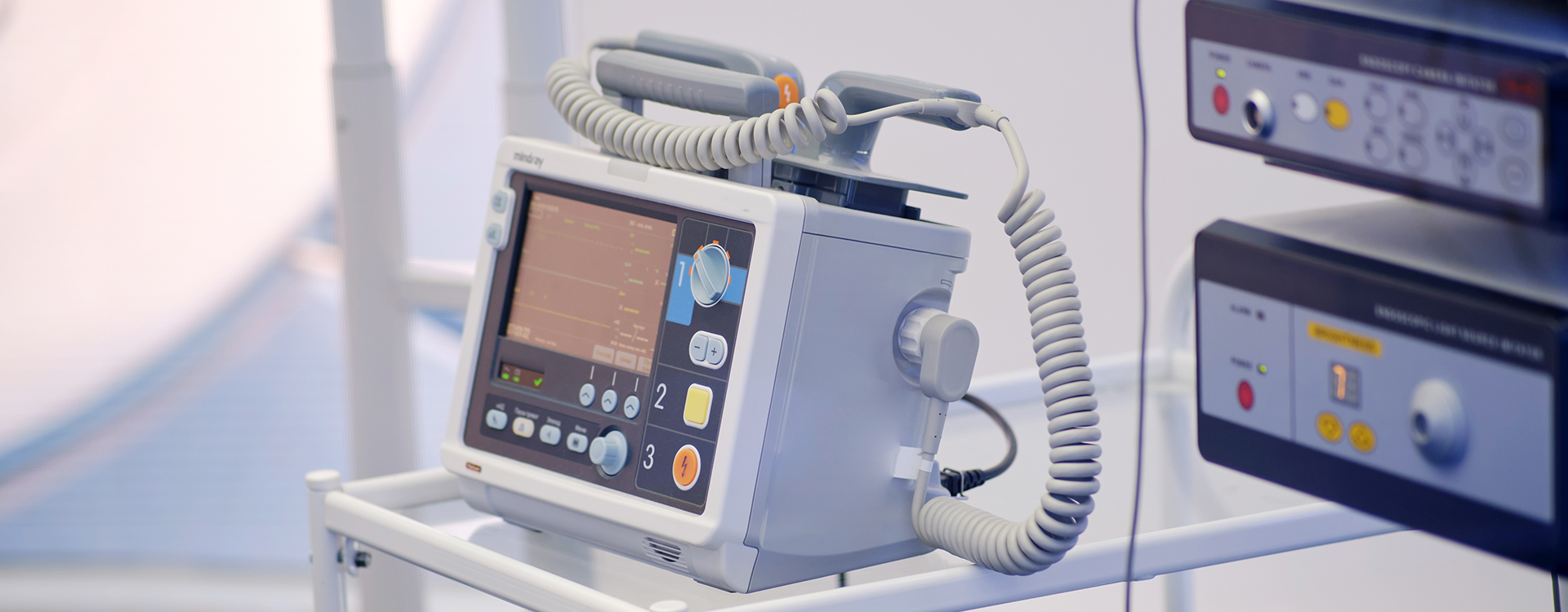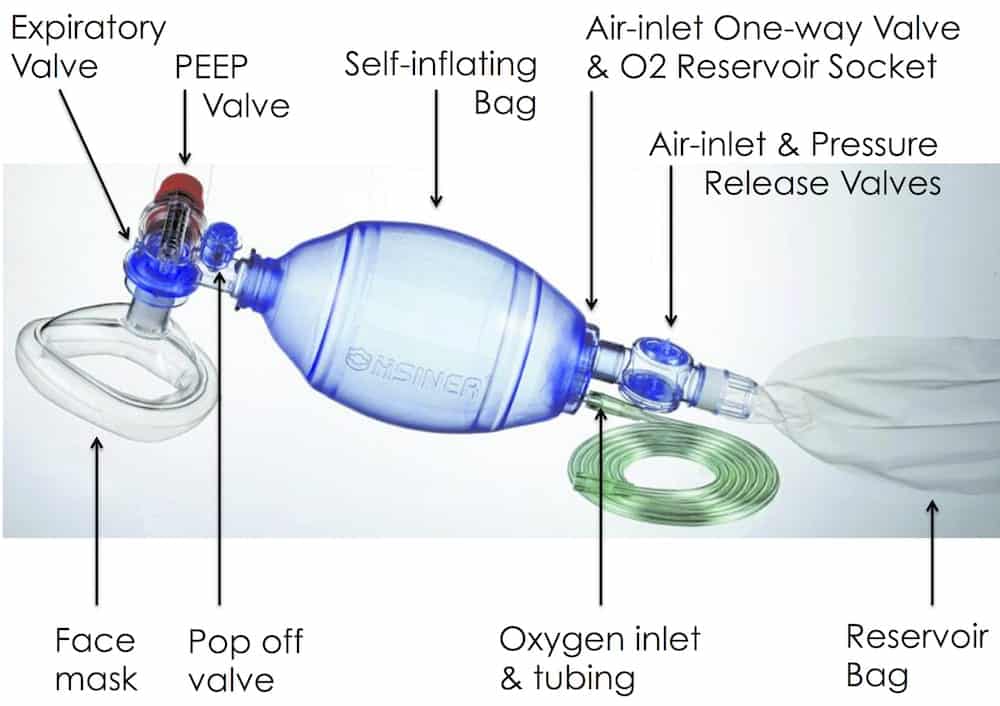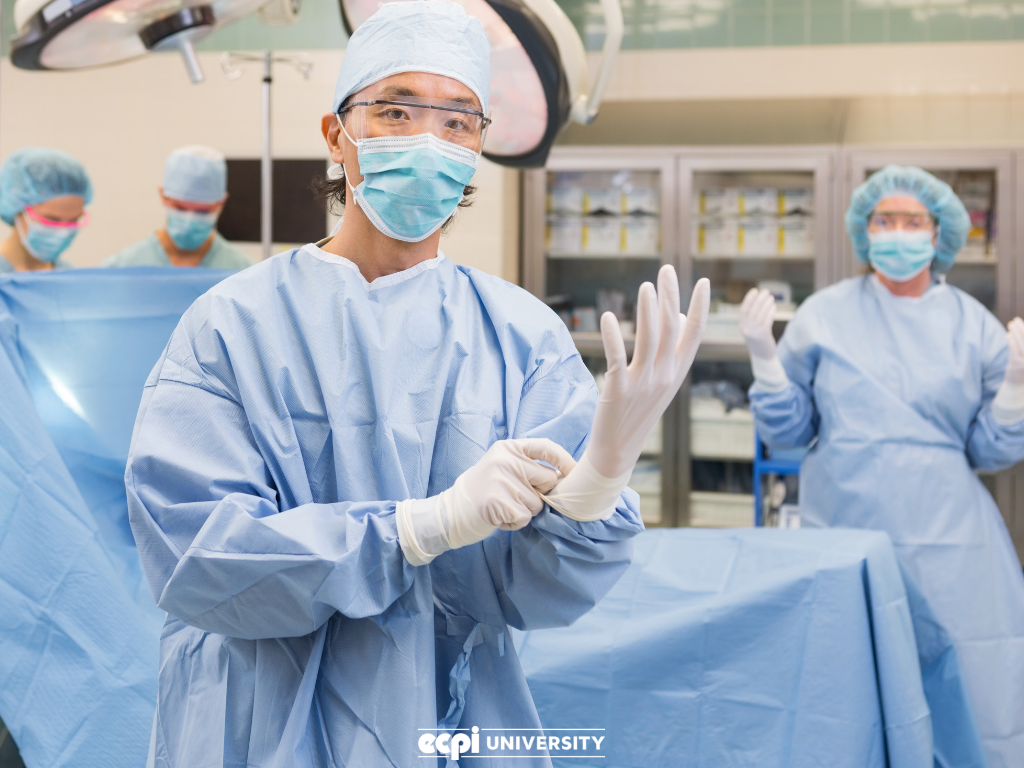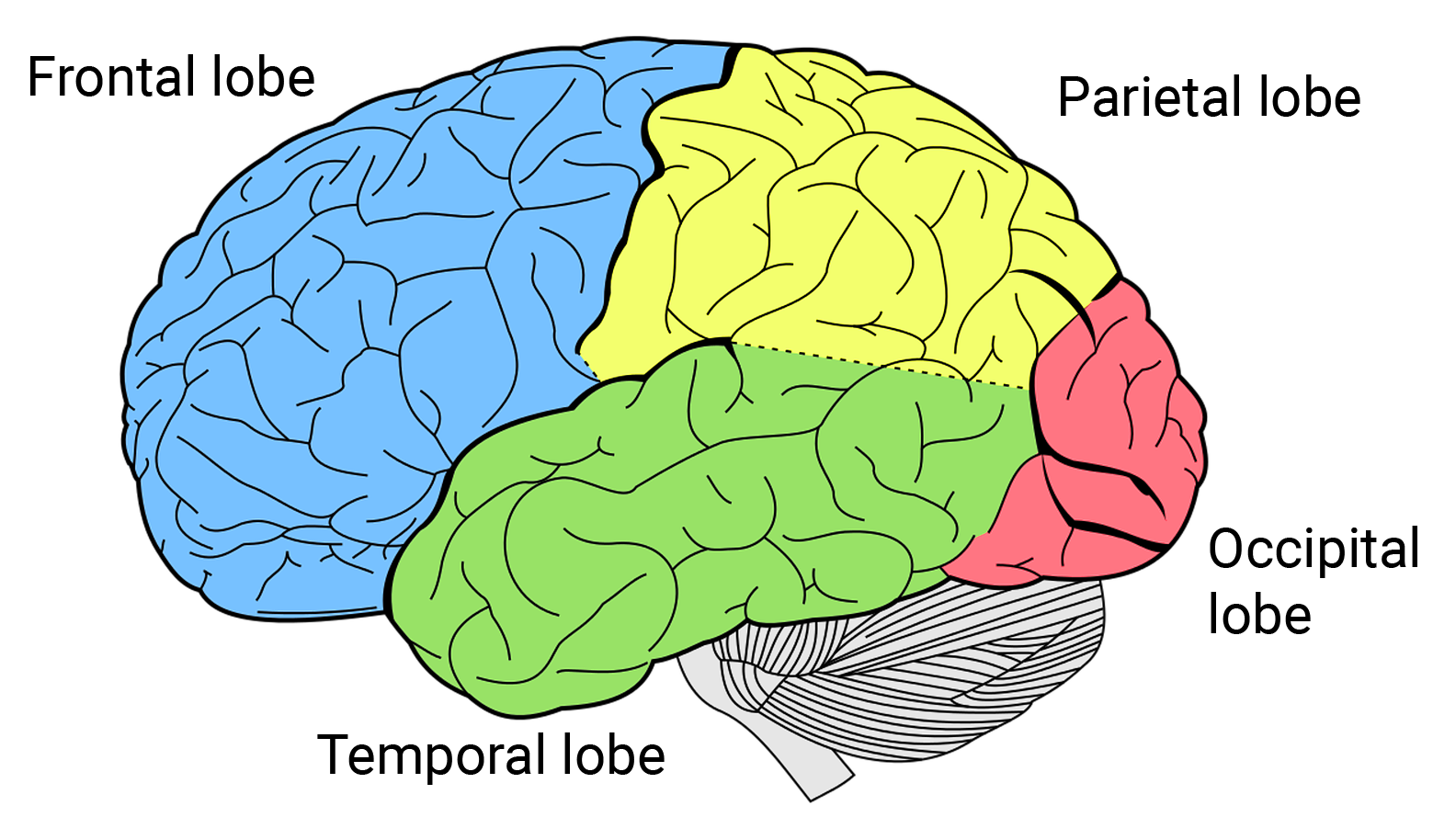over the past 2 days, i've been going to ngee ann poly for their sparkseekers event (≧∇≦)ノ
the surgical nursing students passed 5 pairs of sponge forceps around, allowing each of us to try to open it with one hand only. i tried in vain, but no matter how hard i pushed the two rings together, i could not unlock the mechanism. actually, the sponge forcep is designed to be hard to unlock. this is to prevent it from opening inside the patient, which would cause the gauze pad to drop and possibly nick some vital arteries or organs.
afterwards, the optometry students engaged us in a personal conversation. we talked about our ccas, goals and preferences. they were quite friendly and laid-back, making optometry seem like a chill course to take. previously, we had sat through a talk regarding the 2 courses. of the 2, optometry graduates had a higher employment rate and typically made more money. perhaps these great prospects contributed to the students' demeanour?
glaucoma is an eye condition caused by increased pressure in the eye. blockage of the trabecular meshwork prevents fluids in the eye from being secreted, leading to the buildup of pressure.
it's related to their healthscience department, which is actually quite small since they only have 2 courses: nursing and optometry (eye care). they have around 5 lecture theaters though (all air-conditioned)!
on the first day, we visited the various simulation labs in the school! the first one was a fake patient model that could blink and breathe. it was hooked up to a heart monitor. the nursing students demonstrated how they would usually approach a patient:
student: hello ma'am, i am _ and these are my colleagues. how are you feeling?
patient: i'm fine. a bit tired, is all.
student: okay, we are going to check your blood pressure now.
student: okay, it seems like your blood pressure is fine. how are you feeling now?
patient: very tired, i feel like i'm about to fall asleep. i...
student: ma'am? hello? ma'am, are you awake?
student: patient has lost consciousness, code blue!
afterwards, the nursing student immediately started CPR while her colleagues got the relevant equipment from the crash cart: a defribillator and a self-inflating resuscitator. the hospital defribillator they used is similar to the AEDs commonly spotted in public areas, except it is much bigger, heavier and must be connected to a power source. AEDs for public emergency use are battery-operated, so they don't need to be connected to a mains socket.
 |
| a hospital defribillator, also referred to as a specialized manual external defibrillator (MED). it's used in hospitals to restore a patient's normal heart rate. |
 |
| a self-inflating resuscitator or bag-valve-mask (BVM) is used for resuscitation. it is used in many situations, including emergency ventilation for respiratory failure. |
my friend and i actually got to be involved in the resuscitation process! she performed cpr while i charged up the paddles and administered a shock to the patient.
in real emergency situations, the shock that is administered is 200 J. however, since this was just a simulation and the hospital defribillator they were using was real, they used only 2 J to avoid any risk of electric shock.
also, did you know that the way doctors in medical dramas charge up the paddles, which includes rubbing the metal surfaces against each other, is very wrong and dangerous? the nursing students told me not to do that as it would form a closed circuit and damage the defribillator.
after the nursing simulation, we went to the surgical simulation where we learnt how to scrub! scrub is medical lingo for preparing to work in a sterile surgical environment. scrubbing includes the thorough sanitizing of hands and arms, putting on a mask and gloves, as well as wearing a surgical scrub.
 |
| a surgeon decked out in the full surgery drip! |
the nursing students warned us that using the sanitizer too often would lead to dry hands. this made surgeons' hands prone to cracking and peeling.
after the scrubbing, we went to the operating theatre. there was a minigame for us to play which had my friend removing all the bloodied pieces of gauze from inside a mannequin. she had to use a tool called a sponge forcep to remove the gauze. sponge forceps have a scissor-like design that allow surgeons to grasp and manipulate sponges or gauze pads without nicking the surrounding tissue. they’re especially handy during procedures where gauze is used to absorb fluids (e.g. blood) to maintain a clear view of the surgical site.
 |
| a sponge forcep |
the surgical nursing students passed 5 pairs of sponge forceps around, allowing each of us to try to open it with one hand only. i tried in vain, but no matter how hard i pushed the two rings together, i could not unlock the mechanism. actually, the sponge forcep is designed to be hard to unlock. this is to prevent it from opening inside the patient, which would cause the gauze pad to drop and possibly nick some vital arteries or organs.
unlike us newbies, the surgical nursing students could all open and close the sponge forceps with a flick of their fingers. unfortunately, because of their adeptness, i could not find any videos demonstrating how to open a sponge forcep. attached below is a video describing the parts of a sponge forcep and its uses. i found that it may be useful to some of you!
after the surgical simulation, we moved on to the optometry simulation! the first station was a colour blindness test, where we arranged colours according to their hues. this was a somewhat unique test, as most colour blind tests involve a circle and a number in the middle. after the colour arranging task (which we succeeded at), we moved on to the standard colour blind tests.
| can you see the 96? |
having finished the colour blind test (with some chitchat on the side), we went to the eye examination booth. there, one optometry student talked to us about glaucoma.
hearing her speak about glaucoma piqued my interest and raised my self-esteem. this is because i had already learnt about glaucoma from watching a youtube video (attached above) and surfing on wikipedia. personally, glaucoma is one of my favourite eye conditions as it causes periphereal nerve damage, which means you can't see things to your extreme left, right, top and bottom. in house M.D. (a TV show i watch), a patient described it like this:
it's like i'm looking at you from the bottom of a well!
this particular symptom is called tunnel vision. tunnel vision is quite a common symptom and has many causes, including:
- glaucoma
- retinitis pigmentosa, a genetic condition affecting the eye (learn more about it here)
- alcohol consumption: vision becomes blurred or double since eye muscles lose their precision, causing them to be unable to focus on the same object
- sustained (1 second or more) high accelerations: typically, flying an airplane with a centripetal acceleration of up to or over 39 m/s^2, common in aerobatic or fighter pilots. in these cases, tunnel vision and greyout may proceed to a g-force induced loss of consciousness (g-LOC).
- stimulant drugs that release and/or prevent the reuptake of dopamine and norepinephrine, in particular amphetamines.
- extreme fear or distress, most often in the context of a panic attack.
- exposure to oxygen at a partial pressure above 1.5-2 atmospheres, producing central nervous system damage from oxygen toxicity. other symptoms of oxygen toxicity include dizziness, nausea, blindness, fatigue, anxiety, confusion and lack of coordination.
- pituitary tumours (or other brain tumours that compress the optic chiasm)
- severe cataracts, causing a removal of most of the field of vision
- during the aura phase of a migraine
- a bite from a black mamba and other snakes with the same strength venom
- mercury poisoning (especially methylmercury)
- sleep deprivation
after the optometry simulation, we headed over to the anatomy lab, which is used for both nursing and optometry students. inside, they had many models of the human body, including one full skeletal system and one complete muscular system. additionally, the heart, brain and liver all had specialised models as these were the "more important" organs. the nursing student at the booth pointed out the different regions in the brain, including the frontal lobe, parietal lobe, temporal lobe and occipital lobe.
 |
| a diagram of the brain with different colours indicating the 4 main lobes. |
she gave us a quick overview of each lobe's function(s):
frontal lobe --> decision making
parietal lobe --> sensory input (touch and smell)
temporal lobe --> auditory input
occipital lobe --> visual input
additionally, she also mentioned the medulla oblongata, which controls our involuntary movements like breathing, heart contractions (heartbeats), blinking and peristalsis (the muscular contractions that allow digested food to move through our digestive tract). damage to the medulla oblongata usually leads to immediate death, which is why some executions involved shooting people at the base of the skull. in doing so, they aimed directly at the medulla oblongata, causing a quick and mostly painless death.
that was all for the first day of the sparkseekers event! in summary, we explored the campus and were engaged in fun simulations where we learnt about equipment, diseases and anatomy! (*^▽^*)


Comments
Post a Comment